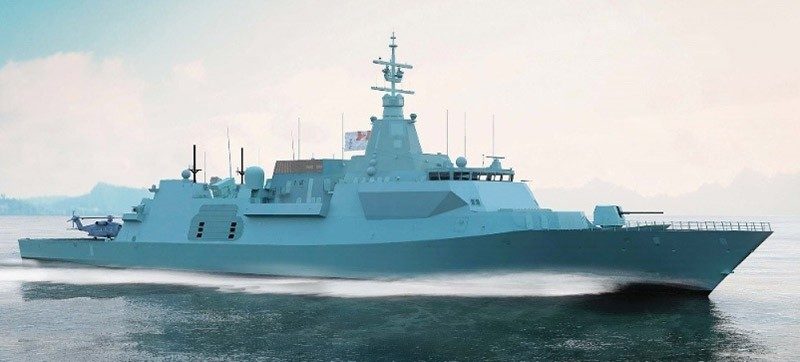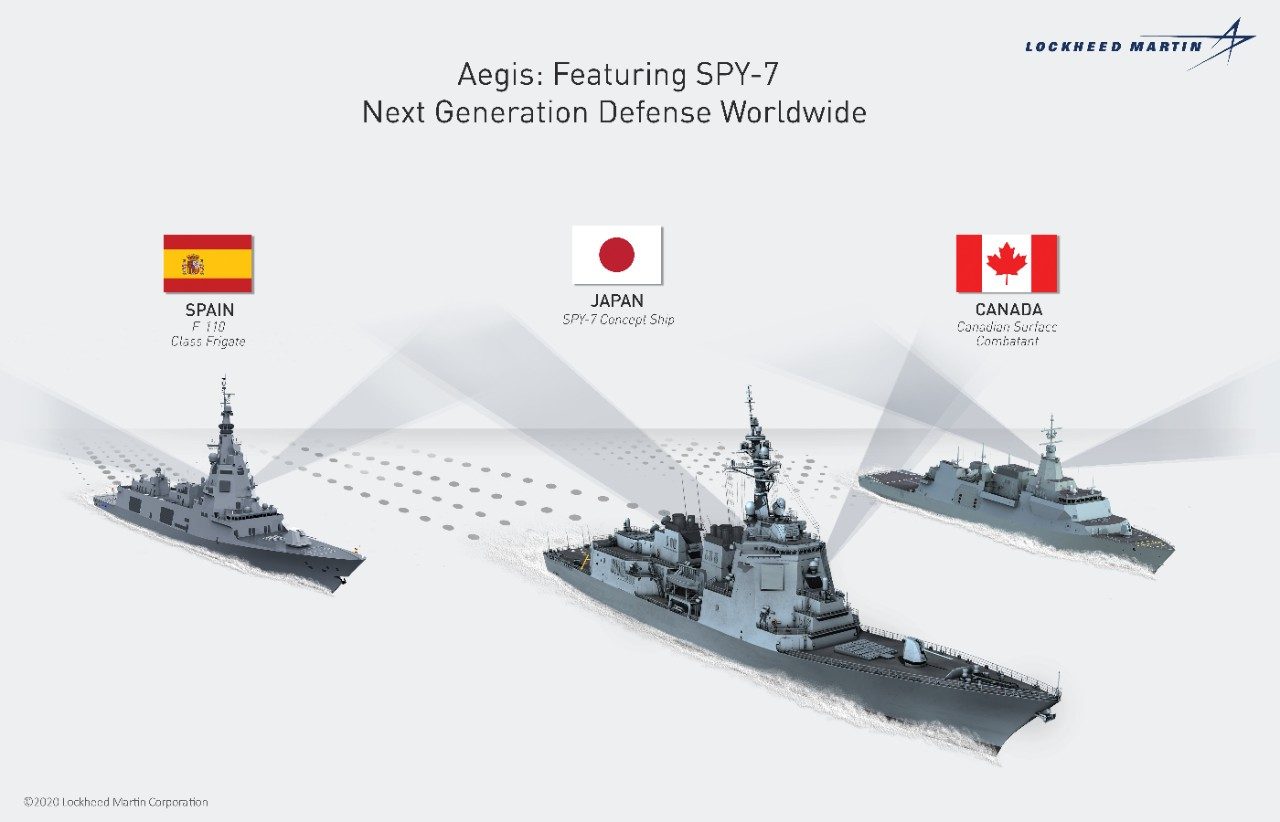With an ever-evolving landscape of threats, our warfighters look danger in the eye every day. They depend on reliable, advanced technology built specifically for their unique network of assets.
Engineered to meet a wide range of stressing, real-time, real-world needs for our domestic and international customers, the Aegis Weapon System is built on 50 years of constant evolution and innovation. Its flexible architecture enables it to fulfill a variety of missions – which is why it’s the most deployed combat system in the world.
The backbone of Aegis is a radar technology by the name of SPY-7. Simply put, it’s the world’s latest-generation technology radar that offers the most capability for value.
With planned deployment on more than 24 platforms across four different countries, here’s why SPY-7 is the world’s most versatile solid-state radar:
Meets Any Mission Need
When it comes to missile defense, you can’t mess around. You need a system that works now and every time. It also needs to be easily upgradeable as future threats emerge.
SPY-7 meets these needs and more, better than any other radar. It:
- Is a scalable radar framework that will provide ballistic missile defense protection through Aegis Ship and Ashore programs.
- Provides several times the performance of traditional SPY-1 radars – can detect, track, and engage sophisticated ballistic missile threats, including multiple at once.
- Is interoperable with the world’s major radars & defense platforms.
- Meets the need now with latest-generation radar technology that works.
- Has a digital footprint that as it expands, the unique open architecture design will enable each country’s platform to evolve in real time and outpace future threats.
Built on One-of-a-Kind Technology
The core technology of SPY-7 derives from the Long Range Discrimination Radar (LRDR) program. It has been declared Technical Readiness Level 7 by the U.S. Government – which means the prototypes are ready now for operational deployment.
SPY-7 uses gallium nitride (GaN) as its material building block, which allows for better cooling of the radar – leading to increased and sustained performance. Instead of one array scanning across an area, the radar is made up of thousands of mini scanners, enabling solid state coverage of the surveillance area. This subarray-based structure makes the radar easily upgradeable as threats evolve.
Already Selected by Four Countries
Through partnerships with the U.S. Government, Spain, Japan, and Canada, Lockheed Martin’s solid state radar (SSR) technology will provide front-line defense to nations around the world with cutting-edge air and missile defense capabilities.
To see SPY-7’s true versatility, look no further than the four countries around the world – and counting – who have chosen it to protect their citizens:
Spain
Following the U.S. government’s designation of their variant as SPY-7(V)1, the U.S. government has declared Spain’s SPY-7 radar as SPY-7(V)2.
“This designation is a direct reflection of the maturity and capability of Lockheed Martin’s digital solid-state radar technology,” - Paul Lemmo, vice president and general manager at Lockheed Martin.
Spain’s world-class SPY-7 naval radar will go to sea in 2026 aboard the first F-110 frigate to defend Spain’s warfighters from the latest anti-air warfare threats.

Canada
SPY-7 will be used by the Royal Canadian Navy for the Canadian Surface Combatant (CSC). With this program, Canada will have the world’s second largest Aegis fleet next to the U.S. Canada’s SPY-7 radar variant will enable CSC to conduct highly advanced maritime missions for decades to come.

Japan
Equipped with the latest digital, solid-state radar technology, the persistent missile defense system will integrate the SPY-7 radar with their already deployed Aegis Combat System and allows for continuous protection of Japan.

Designated as AN/SPY-7 by the United States government, SPY-7 and the missile defense system will defend against ballistic missile threats.
With a radar like SPY-7 that serves any mission through integration and the leading-edge radar technology – it’s no wonder it’s more versatile than any radar out there. As more nations around the world partner with Lockheed Martin to protect their citizens, the SPY-7 story will continue to grow.




